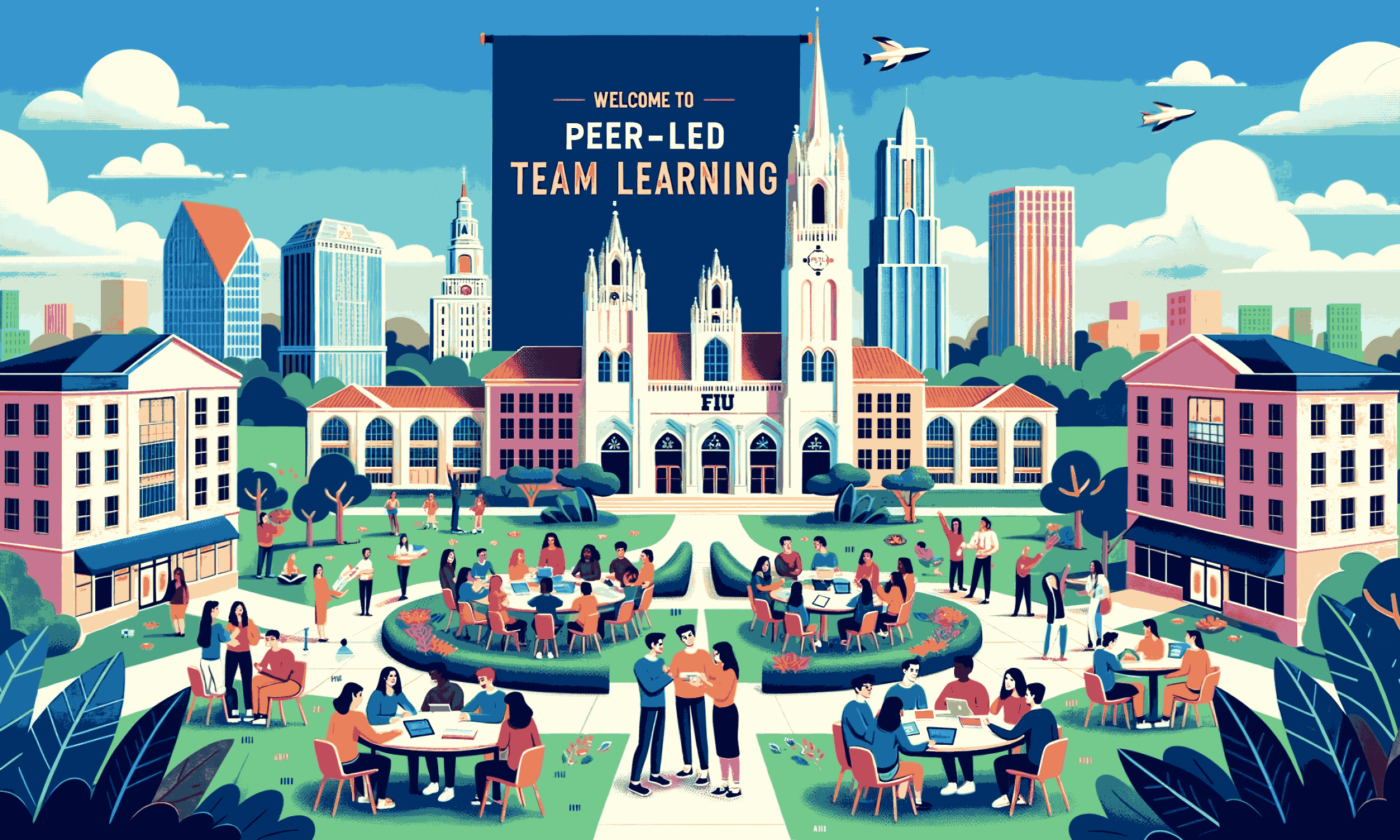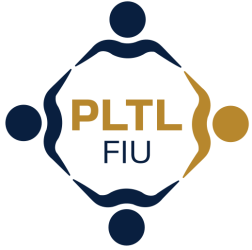1. Peer Leader Guide (Resource Link)
A comprehensive guide covering all aspects of the PLTL process.
This guide includes but not limited to:
- PLTL Terminology & Acronyms
- Accessing your PLTL Canvas Shells
- Understanding your PLTL Course Title
- Creating a Recurring Zoom Meeting on Canvas
- Inputting Grades on Canvas
- Your First Workshop
- Sample First Workshop Announcement
- Peer Leader Weekly To-Do List
- Internship Credit
- Volunteer Hour Certifications
- Letter of Recommendations
2. Pedagogy 101 (Resource Link)
This resource dives into various pedagogical techniques, offering detailed insights on their implementation. For example, it explores…
- Whiteboard
- Videos
- Prepared Graphics
Each technique is explored through:
- What is it?
- Why is it useful?
- When to use it?
- How to implement it?
- Example in action
Articles:
I. The article from Youth Today titled “Training Young People to Be Peer Leaders and Educators Is Powerful” offers comprehensive insights into the practice and impact of peer leadership in educational settings:
- Youth Engagement and Leadership: It emphasizes the unique influence peer leaders have, as young people often listen to and respect their peers differently than adults. Peer leaders act as role models, providing accurate information and skill-building, emphasizing mutual learning and the importance of having a voice, particularly in public health discussions.
- Diverse Roles of Peer Leaders: The article discusses the varied roles peer leaders play, including advocates, event planners, campaigners, and spokespeople. They represent a diverse cross-section of young people, each bringing unique skills and talents.
- Peer-to-Peer Education Across Levels: It highlights the effectiveness of peer education across different age groups and educational levels, citing examples like high school students mentoring younger children, which benefits both mentors and mentees.
- Equity in Peer Leadership Programs: The piece stresses the importance of equity in peer leadership programs. Compensating youth for their roles as peer leaders can ensure sustained engagement and respect their contributions, particularly those from marginalized communities.
- Critical Foundations for Successful Programs: Finally, the article underlines that successful peer leadership programs must be well-envisioned, planned, and inclusive of youth input. Training should develop youths as subject experts and model evidence-based facilitation techniques, with adults playing a facilitating and guiding role rather than a controlling one.
This article serves as a valuable reference for understanding the dynamics and best practices of peer leadership in educational contexts.
You can find the full article here: Training Young People to Be Peer Leaders and Educators Is Powerful.
II. The article from the Journal of Leadership Education titled “Peer-led Learning Communities: Exploring Integrative High-Impact Educational Practices for Leadership Education” provides detailed insights into the role and impact of peer leadership in educational settings:
- Positive Learning Environment: Peer leaders create a safe and comfortable environment, fostering inclusion and openness. This setting allows students to bond, share ideas freely, and engage without fear of judgment.
- Engaging Diverse Perspectives: Peer leaders facilitate an understanding of diverse leadership styles by encouraging students to consider multiple viewpoints and engage in leadership activities that highlight different approaches.
- Facilitating Learning: They reinforce concepts from lectures in engaging ways, using personal examples or games, and asking well-placed questions to stimulate discussion and critical thinking.
- Balance of Control and Autonomy: Peer leaders guide discussions while encouraging students to lead and think critically, fostering a balance between control and student autonomy.
- Community Building and Role Modeling: Effective peer leaders act as community builders and role models, engaging students in various activities and serving as inspirational figures.
- Integrative High-Impact Educational Practices: The study illustrates how peer-led learning communities embody a learning partnership model, creating conditions where knowledge is socially constructed and learners share authority and expertise. This approach enables transformational learning and develops students’ leadership identities.
This article offers a comprehensive understanding of how peer leadership can be effectively integrated into educational programs to enhance leadership learning and development.
You can access the full article here: Peer-led Learning Communities.
This section provides peer leaders with a range of resources to enhance their skills and knowledge, ensuring they are well-equipped to handle the challenges of peer-led learning.

